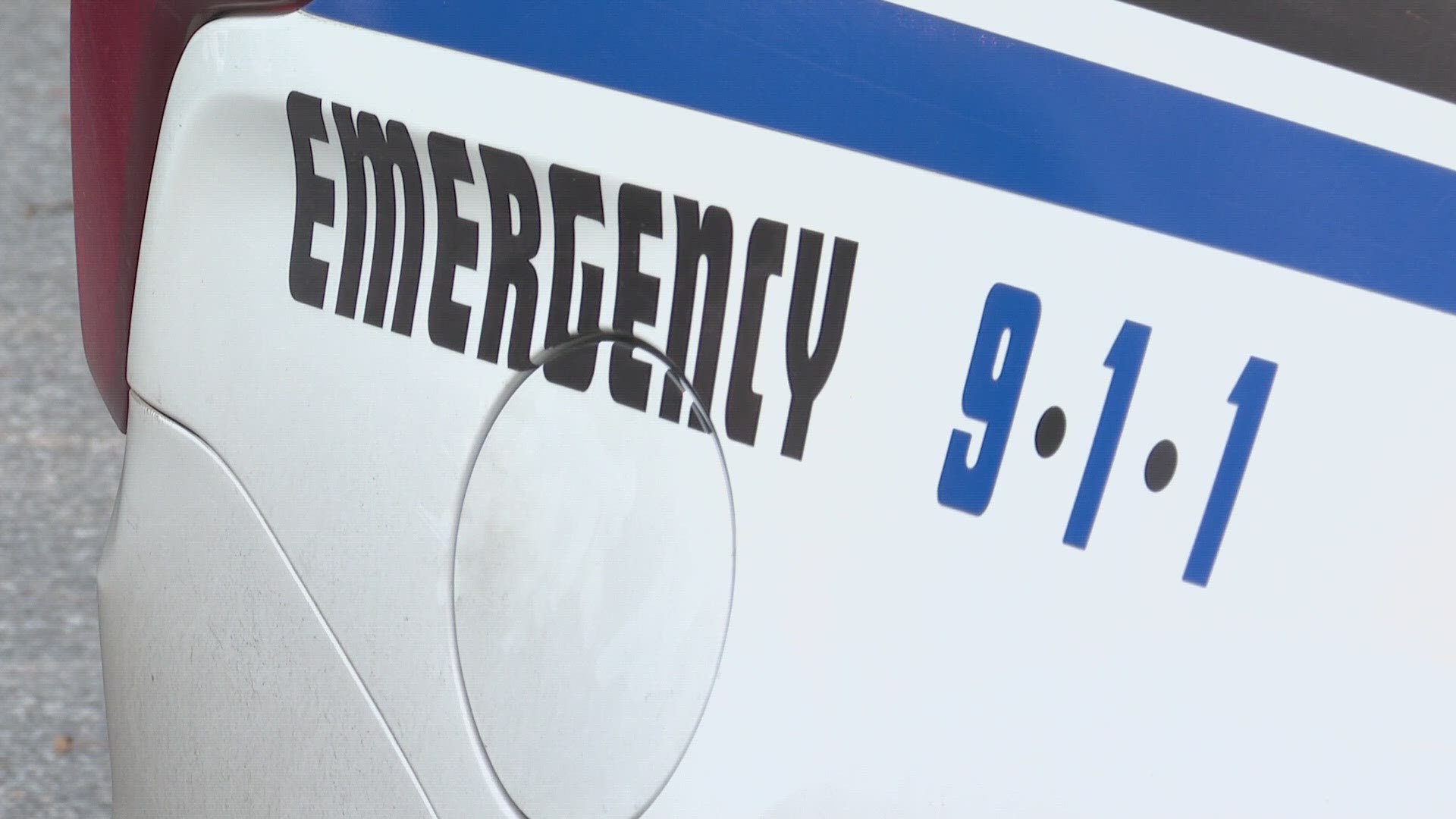LINCOLN COUNTY, Maine — The Lewiston mass shooting continues to raise new questions about a state law designed to keep firearms away from people who might be dangerous that was not invoked in the case of Robert Card, despite multiple warning signs in the weeks and months leading up to the shooting.
Many have asked how the law is supposed to work.
NEWS CENTER Maine spoke Wednesday with the Lincoln County Sheriff's Office, whose deputies have used the state's Yellow-Flag law more than nearly every other agency in Maine.
In total, data provided by the Maine Department of Public Safety indicates the law has been used to remove someone's firearms 82 times since it was implemented in 2020.
"It's a relatively new law," said Lincoln County Sheriff's Office Patrol Lt. Brendan Kane. "It's not a law that's used every day."
But his agency uses it more than most, deploying the Yellow-Flag law to obtain a weapons restriction order six times. Only the Sanford Police Department (seven times) and the State Police (eight times) have used it more, according to state data.
Kane says each case is considered independently at the Lincoln County Sheriff's Office, but his deputies pay special attention to two factors when dealing with someone in mental distress.
"We have to make an evaluation of: 'does this person have access to firearms? Have they threatened use of the firearms? Have they threatened anybody or are they just terribly suffering?" he said.
Once deputies determine someone needs to be removed from their weapons, they have to follow a multi-part process that involves law enforcement, mental health professionals and a judge.
"It's a fairly high threshold," said Lincoln County Sheriff Todd Brackett.
He says the law has been an imperfect but effective tool for his agency.
"We've had pretty good success with it though, I think, here in Lincoln County for the most part," Brackett said.
He noted that mental health cases are always challenging for law enforcement officers to evaluate, who are not primarily trained as mental health professionals.
Brackett added that communication between agencies across local, state and federal lines needs to be improved. According to him, even if somebody is taken into protective custody under Maine's Yellow-Flag law, it's not clear how long that information stays with the National Instant Criminal Background Check System (NICS) that is used to screen gun purchasers.
"The very day after they're released from Yellow-Flag law in Maine, I'm not sure that there's any information left or any information entered into NICS," Brackett said. "In today's world, I wonder why we can't do a better job at real-time data transfer of these things that may be at least red flags."
When asked if his agency would seek to invoke the Yellow-Flag law for an individual who had been treated for mental health problems, had access to firearms and had made a threat to commit a shooting, Sheriff Brackett said, "absolutely, if it's an option for us given the circumstances and that we're able to verify that information."
Brackett stressed he was speaking only about his office's process and not any other agency's.
Public records confirm the Sagadahoc County Sheriff's Office never made contact with the Lewiston mass shooter in the weeks leading up to his attack, despite knowing he had access to firearms, had mental health problems and had threatened to shoot up a military base.
State data indicates the Sagadahoc County Sheriff's Office has never used the Yellow-Flag law to obtain a weapons restriction order.
In a statement to NEWS CENTER Maine Wednesday, Sagadahoc County Sheriff Joel Merry said that his office has only tried to use the Yellow-Flag law once "in recent memory, but the person voluntarily turned their rifle over to" deputies before the process was initiated.
NEWS CENTER Maine asked Merry to confirm that the Sagadahoc County Sheriff's Office has never used the Yellow-Flag law to obtain a weapons restriction order. We then asked, if that is true, why?
Merry provided the following statement, which can be read below:

